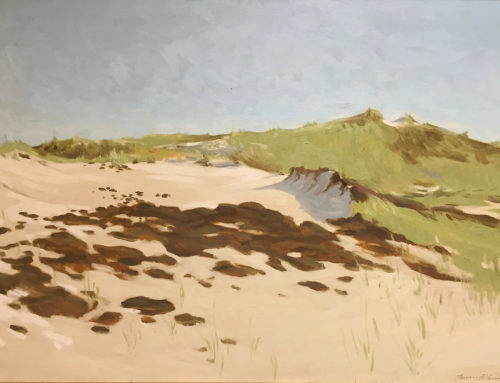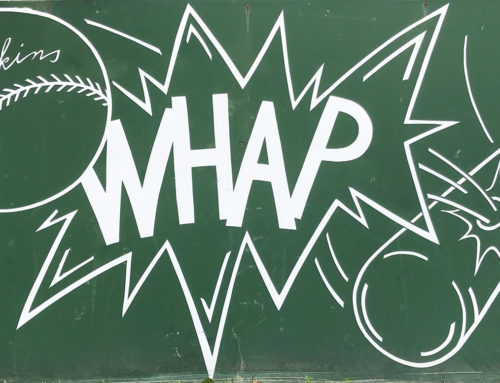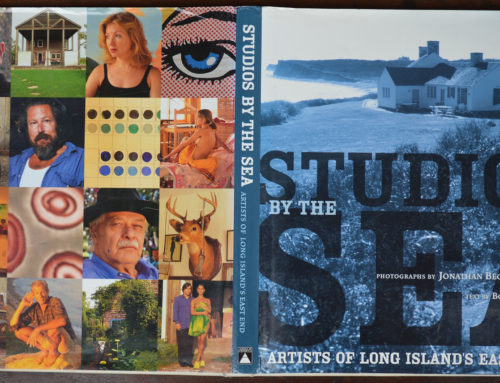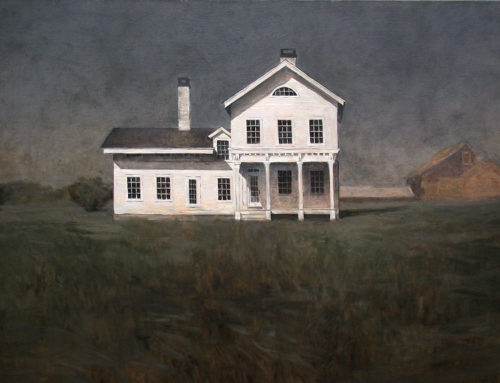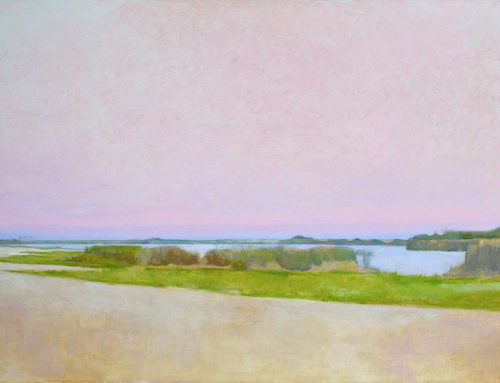Around the turn of the century when this area was a quiet retreat from the city, where artists like Thomas Moran, William Merritt Chase and Childe Hassam lived and worked, long before the developers showed up, the small town of Bridgehampton and it’s surrounding landscape was a rural farming community. By the 1930s and 40s Long Island had become the bread basket of the East Coast. Local farms produced some of the finest potatoes in the rich soil left behind from the Wisconsinan glacial age, on what is now Long Island. Potatoes were harvested, brought to larger facilities where they were washed, graded, bagged and shipped by rail to points up and down the East Coast.
In 1987 I was helping my friend John Alexander with a renovation project. He was the new owner two old post and beam barns in Amagansett. I’d been going back and forth from Texas to NYC, living here and there and doing odd jobs to make ends meet. The barns needed work and I needed a job if I was going to stay in NYC or out here. I remember telling John I wasn’t going back to Texas unless it’s to pick up the last of my belongings. It was the perfect meeting of two equal opportunists. We spent the fall and into the winter renovating these barns into a livable space. For those 6 months I had a job, a place to live and paint. One of the first projects was in the main barn, to take out a 6′ x 6′ slate tiled sunken tub surrounded by mirrors and rebuild the bathroom entirely. The next step was to build a kitchen that was somewhat modeled from ideas we found at company in NYC called Small Bone. We called our kitchen style Country Big Bone. We did some other cosmetics to the interior and exterior of the barn. I lived in the smaller of the two barns while we worked in the larger one living in and the other attached barn was my studio briefly. It was your classic artist renovates barn style when we finished.
I didn’t know anybody around here when I moved up so I made friends how I could. Dan Payne, a friend of a friend, was helping me work on the barns and was camped out there along with me. He invited a couple of friends over for dinner who worked for Willem deKooning, Toinette Gay and Jennifer McLauchlen. Thirty years later and we’re still friends today. I made chili from a recipe that two friends in Texas, Cindy Ximinez and Kim Gresso had given me. Dan also invited over one of his punk rock band buddies Dennis Murphy, this crazy photographer/carpenter who had worked with Dan before. Dennis was late because he got lost on the way over. When he finally showed up he looked puzzled and said he’d gone to the house across the street and knocked on the door. He said the guy who answered looked weird and seemed nervous and never heard of the place Dennis described as two barns. It was right across the street! He felt like the guy was trying to get rid of him. Dennis eventually found us and we had a great evening. I think it was the first time Toinette or Jennifer had chili. We found out later that the man, Joseph Pikul, who lived across the street had murdered his wife, strangling her in the house. Could it have taken place that day or right before Dennis showed up? Not sure. When the police came to arrest him he was wearing his wife’s underwear. Very strange.
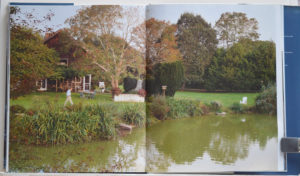
Alexander’s place today.
The following spring John was looking for a studio away from his home and heard about a place in Bridgehampton thru a friend. We drove over to check out this studio in a barn that was owned by another artist, Steve Miller. No not the musician. John thought about it and decided it was too far away and said, “Why don’t you take it Elkins.” So I did.
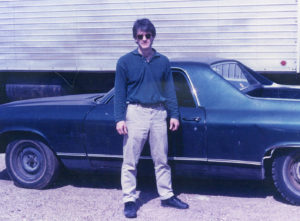
1988
By May of 1988 I moved into my new studio in Bridgehampton, who’s former inhabitants were artists Neil Williams and Frank Stella. In the 70s they had bought and renovated this 12,000 sq.’ one time working potato barn next to the LIRR railroad tracks. There were no windows but the high ceilings, long walls, open space and the large skylights they added made for the perfect studio space. Someone mentioned Stella used his half of the building as a printmaking workshop. Neil lived and painted in the other half. At some point Neil had taken over the entire building. I also heard he had an avocado tree that was potted in the basement and had grown tall enough to reach through a large opening with a hatch door in the floor, up to the skylights. Rumor has it that Stella gave Neil credit for being the first artist to paint on geometric shaped canvases, that they traded work, that Neil sold his Stella and used the proceeds to fix up his half of the building.
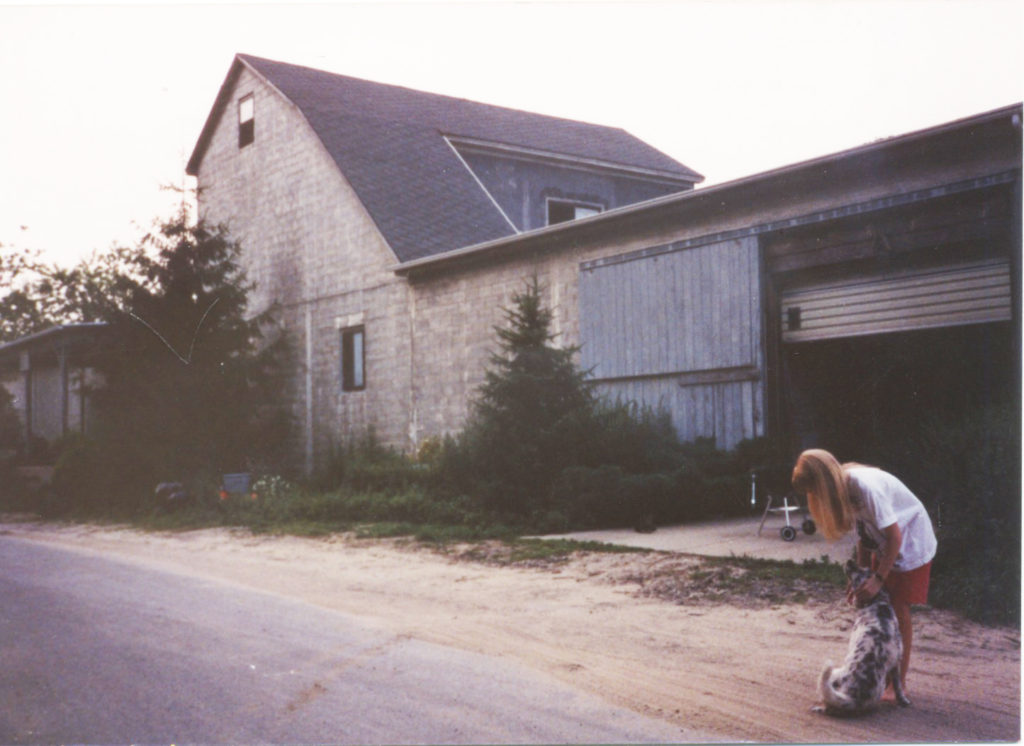
My Niece Lorin 1989 who came to visit. She loved dogs then and still does.
I’d come to New York like many young artists, to dream big, find a loft, get into a gallery, have a one man show and make something of myself. At some point I accomplished that goal but I wasn’t expecting to move to the East End. I certainly wasn’t expecting to find a place to live and work as incredible as this place. I thought I’d be living in NYC, not a small town on the East End of Long Island. At first I didn’t think I could afford it. I thought about it. I couldn’t afford not to. This place sort of fell in my lap. I had a yard sale back home and sold almost everything I owned, cash was easier to carry, then moved in with my two cats. It was the right decision at the right time.
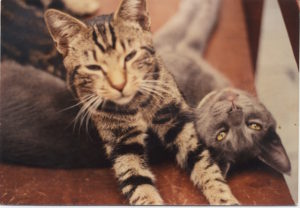
Brothers Bullet and Buddy.


